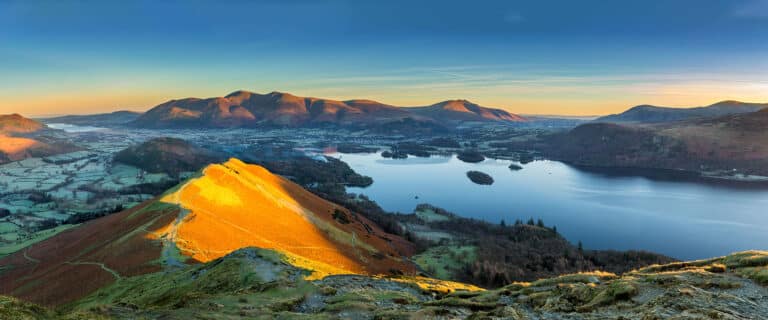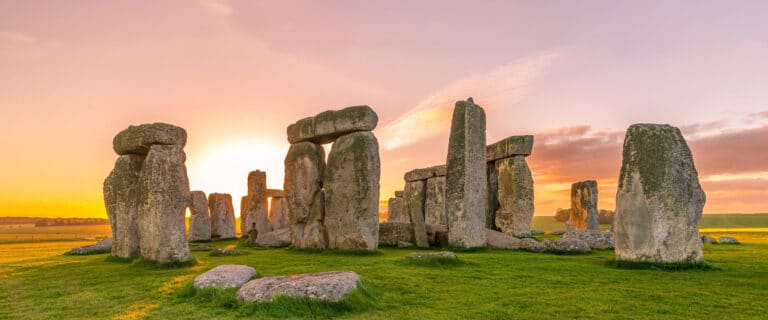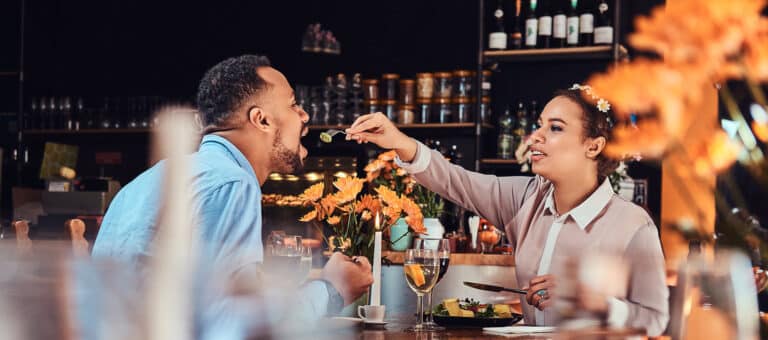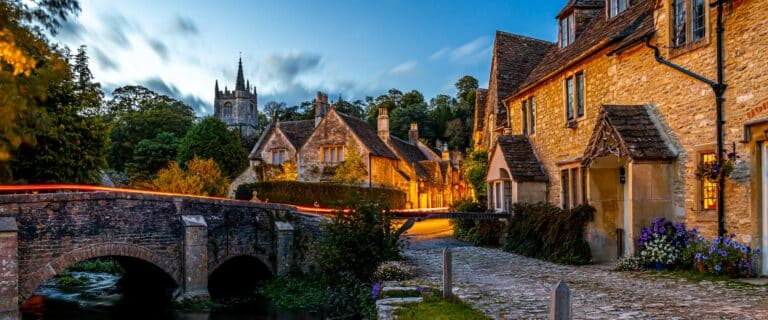London, the largest city in Great Britain, was founded 2,000 years ago by the Romans. They called it Londinium. It is an extravaganza of pubs and palaces, rivers and royals, the Thames and the theater. The city is also a financial engine and a shopper’s dream. Restaurants with cuisine from around the world abound, and craft beers are velvety smooth. It is certainly one of the most exciting, and culturally diverse, places in the world.
After you’ve toured London’s highlights, on foot or by classic black cab, consider checking out a few places that are a bit below the radar. Listed are seven great options to choose from.
Puppet Theater Barge
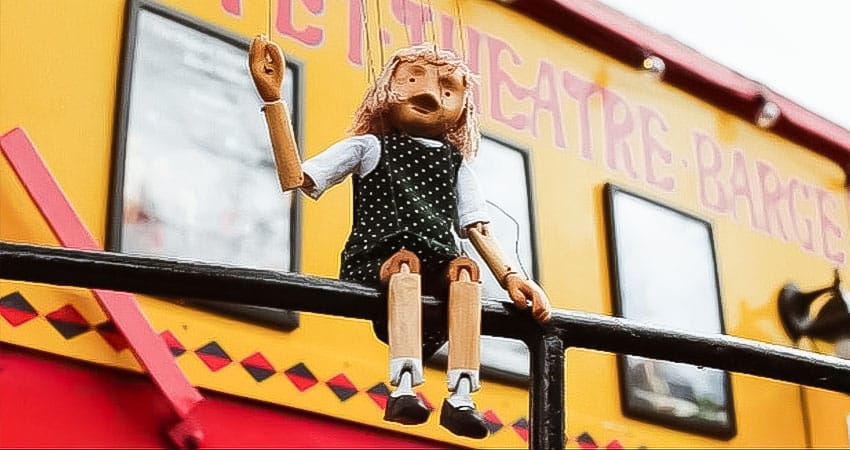
For 40 years, these folks have been creating and presenting puppetry on a lovingly converted barge in the canal quarter. There are two locations, Little Venice and Richmond Upon Thames. The shows at Little Venice run from late October through July, and at Richmond Upon Thames from late August to the beginning of October.
These puppet shows are unique, and they are magical. Go to one, and you fall into enchantment as soon as you step onto the gangplank and climb aboard. (You are invited to leave the everyday world behind.) The theater has gold curtains, the lighting is dim, and when the ship’s bell rings, the theater lights go down and anticipation is high.
The stars of each performance are long-string marionettes; the puppeteers are high above them and out of sight. Michael Palin is the patron, and the theater’s aims are to promote live animation and to encourage the audience to stretch the limits of their imagination.
Benjamin Franklin House
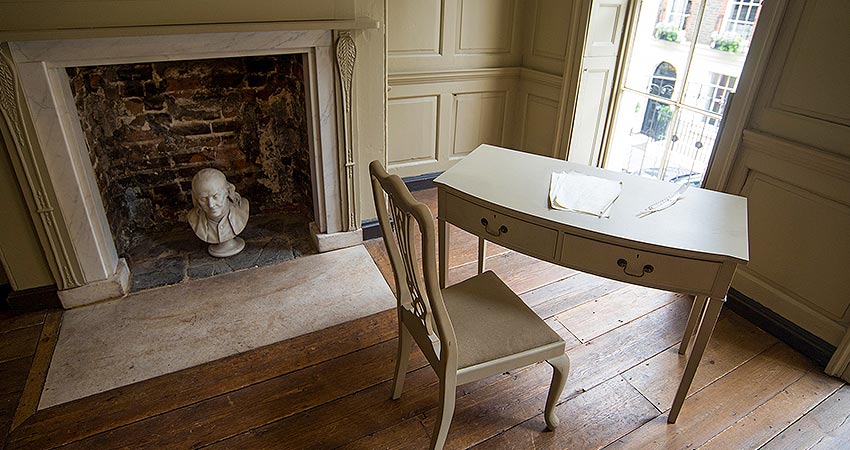
Benjamin Franklin was born in Boston in 1706. His mother was American, and his father was British. Franklin’s inventions, talents, and discoveries included harnessing the power of electricity, voluminous writings plus letters to family and world leaders, philosophy, printer, the lightning rod, the Pennsylvania fireplace or woodstove, bi-focal glasses, swim fins, and urinary catheters. He advanced, and embodied, the Age of Enlightenment.
A key founder of the United States, he was the only person to sign all four documents that created and charted the new nation. He signed The Declaration of Independence in 1776, the Treaty of Alliance with France in 1778, the Treaty of Paris which established peace with Britain in 1783, and the U.S. Constitution in 1787. For sixteen years, from 1757 to 1775, Benjamin Franklin resided in London as the Chief Colonial Diplomat. He lived at 36 Craven Street in the heart of London; this is the only house Franklin lived in that remains. A light and sound show takes you through his time in London.
Leadenhall Market
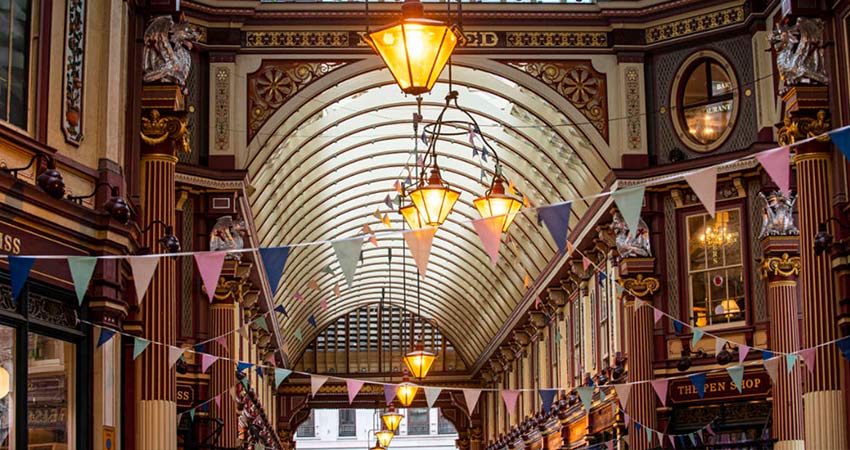
Once the site of the Roman Forum, the Leadenhall Market is a must. Today, this Victorian-era beauty houses small shops that are defined by decorative ironworks and arches. (Beneath the cobblestone walkways are the remains of the ancient Forum, or market, and the Basilica, or courts.) Bishopsgate, Cheapside, and Leadenhall Street follow the same route as the Roman roads.
There has been a market situated here since the 14th century. In 1408 the Lord Mayor, Dick Whittington, acquired the lease and later the site, then he gifted it to the city of London. Leadenhall has a myriad of shopping and dining options, plus a dazzling calendar of events and art installations.
It has also starred in movies, including Lara Croft: Tomb Raider and The Imaginarium of Doctor Parnassus. You may also recognize it from Harry Potter and the Philosopher’s Stone—it served as the wizard pub, The Leaky Cauldron, and the shopping lane, Diagon Alley. This vibrant and fascinating market is not only an iconic London landmark, it is also a cultural hub.
Location:
Leadenhall Market, Gracechurch Street, London, EC3V 1LT
E Pellicci
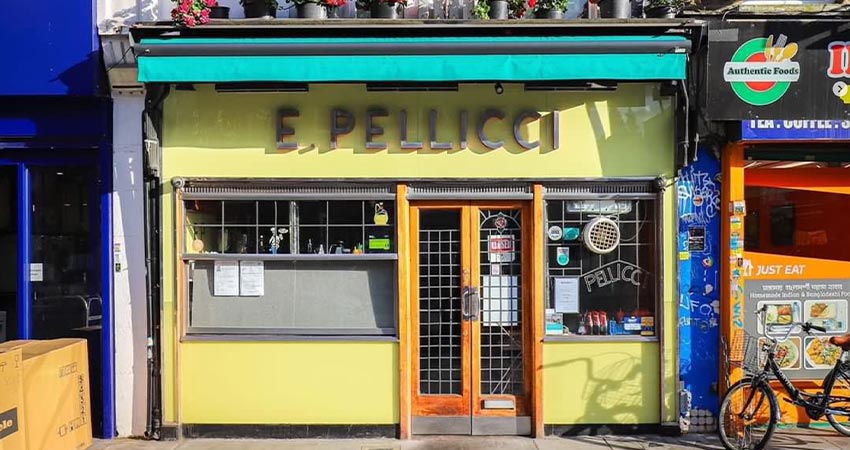
This classic east London restaurant has been serving Italian dishes for over a century. In 1900 Priamo Pellicci began working in the café; his wife Elide raised their seven children in the apartment above, and ran the café after her husband’s death in 1931. (Elide is the “E” in the name of the restaurant.) Portraits of Elide and Priamo hang on either side on the serving hatch. Nevio, born above the café, ran the business until he died in 2008.
Today, a number of family members run the café. The food is a testament to their love. Pellicci’s has a gorgeous wood décor, carved by the carpenter (and regular customer) Archille Capocci in 1946. Because of his craftsmanship, the restaurant was awarded a Grade II status, listed by English Heritage. They serve legendary breakfasts, traditional Italian dishes, and extraordinary desserts. Dining here feels like being part of a large, happy family.
Location:
E. Pellicci, 332 Bethnal Green Road, London
Open 8 – 3:30, closed on Sunday
London Fields, Hackney

London Fields is one of Hackney’s most popular parks. (Hackney is a London borough. The southern and eastern parts are considered to be part of east London, and the northwest as north London.) The area is classified as common land, because of its history of grazing animals and then moving them to market. The park’s sweet, grassy areas are bordered by London Plane trees. London Fields has a Green Flag award, an eco-honor given to the best green spaces in Britain.
There is a heated, Olympic-size outdoor pool, tennis courts, a summer wildflower meadow, two children’s play areas, a café, an outdoor gym, a pétanque area, changing rooms, and a ping pong table. Local events, including plays, live music, and dance performances happen here, and the creation of new habitats are in the works. The Hackney Museum is nearby, an exploration of the borough’s rich cultural diversity and influences, and entry is free.
Location:
London Fields Westside, E8 3EU
Mudchute City Farm
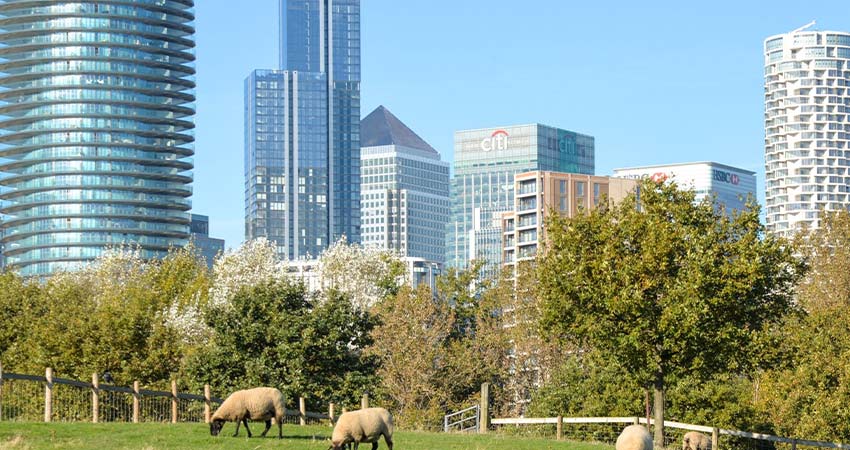
Mudchute is Britain’s largest city farm, and it has livestock plus a riding school. This 32-acre patch in the heart of London is the perfect place to experience country in the heart of the city. It is a working farm, designated as a charitable organization and a children’s nursery. Mudchute hosts seasonal events, including the Easter Parade, Summer Open Day, Christmas Fair, and Spooky Halloween.
The lion’s share of their budget goes to keeping the animals happy and healthy. There is no fee to visit the park and the farm, but donations are welcome. There are more than 100 animals at Mudchute—it is the largest inner-city farm in Europe. Walk through the park, and you’ll view British rare breed animals grazing in the fields. The plants are diverse, ranging from those in wetlands to woodlands.
Location:
Mudchute Park & Farm, Pier Street, Isle of Dogs, London E14 3HP
Sealife London Aquarium

Located on London’s South Bank, this aquarium is home to literally thousands of ocean creatures. Explore fourteen themed areas, and you will be amazed. Head to Polar Adventure, and you’ll travel to the frozen Antarctic and meet the Gentoo Penguin Colony.
Ocean Invaders is a massive interactive jellyfish experience and has three unique themed areas. The Coral Kingdom is a shimmering underwater paradise and has the UK’s largest living coral reef. Go to the Rockpool and you’ll be able to pet a starfish or a sea anemone. Have questions? There are marine experts on hand to answer them.
The Aquarium is inside the County Hall building, next to the London Eye, just over Westminster Bridge from Big Ben and the Houses of Parliament. It’s easy to make Sealife part of your London Explorations!
Location:
County Hall, Westminster Bridge Road, London, SE1 7PB
Hours: 10 – 5 last allowed in at 4:00
A visit to London often feels like going home. Experience the highlights, and then allow yourself the pleasure of touring the lesser-known intimate spots.
Many UK vacations begin and end in London. Let your Destination Expert know that you want to spend enough time in the city to get an authentic taste of England’s capital.






